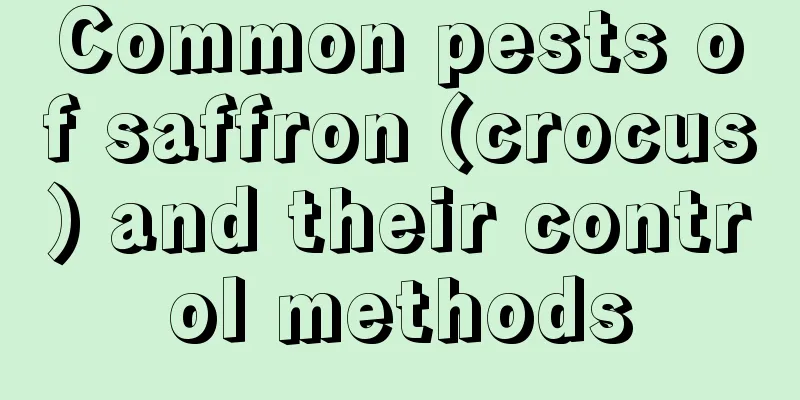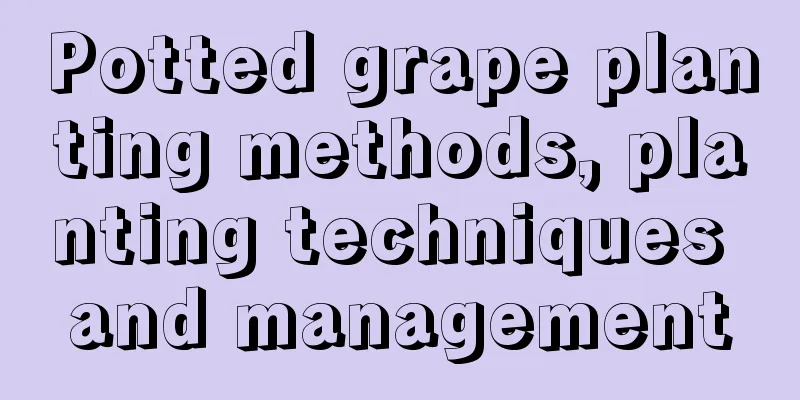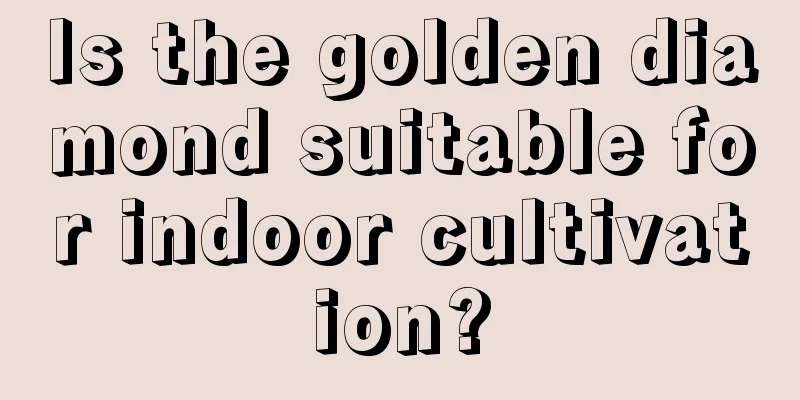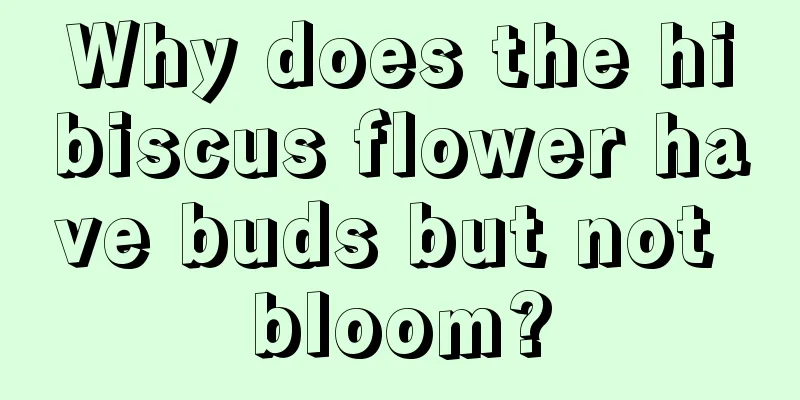Common pests of Huayuejin and their control methods
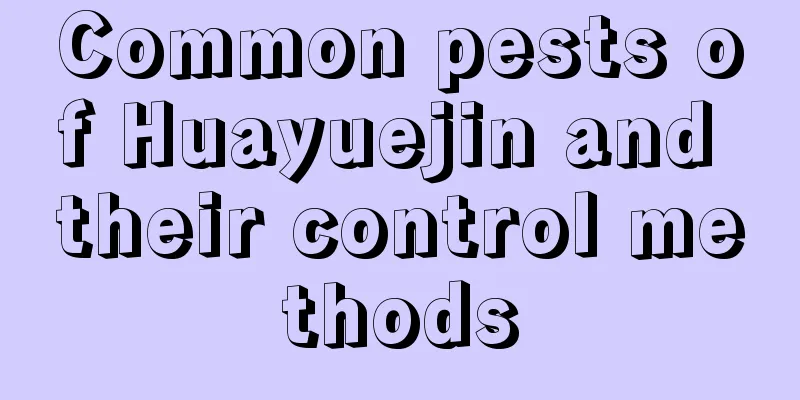
Common pests of Huayuejin: scale insectsThe damage is widespread, sucking the juice from stems and leaves, causing poor growth of the plant, and in severe cases, withering and death. Its peak period is earlier than that of red spider mites, and it often reproduces in large numbers in early spring. However, its damage is also easy to control. That is, it is often concentrated in only a few plants. Sometimes one plant is full of scale insects, while the neighboring plant has none. Common pests of flower moon brocade: red spiderRed spider mites are one of the most common plant pests, and they reproduce quickly, producing about 10 generations a year. Red spiders are extremely small in size. They use their piercing-sucking mouthparts to insert into the mesophyll and stem bark of plants, sucking the sap of the plants, causing the plants to turn yellow or even wither. Prevention and control methods: Spray 1500 times diluted 40% oxydemeton-methyl emulsifiable concentrate. Common pests of flower moon brocade: white spiderWhite spiders are not originally pests in our country; they are imported. Generally, imported products have strong resistance to pesticides, so it is difficult to prevent and control white spiders. However, it is difficult and you still have to be on guard, otherwise, a beautiful pot of Huayuejin will be ruined! Prevention and control methods: Spray with 2000 times diluted 5% cypermethrin suspension. Common pests of Huayuejin: root-knot nematodesRoot-knot nematodes will drill into the stems of the jasmine and bite the plant, causing the heart to rot and the leaves to fall off. Prevention and control methods: Fill pots with carbendazim. When the damage caused by insect pests is not very serious, you can use carbendazim to irrigate the pots to kill the root-knot nematodes. If the infestation is already serious, you can try cutting the top of the plant and then burning the mother plant with root-knot nematodes. |
<<: Common diseases and pests in Frost Morning and their control methods
>>: Common pests and diseases in Mingyue and their control methods
Recommend
What to do if Dieffenbachia grows slowly
1. Caused by light Although it prefers warm and s...
Can the yew tree survive if it withers?
1. Can you survive? When you find that the yew pl...
What are the varieties of miniature roses?
White flower varieties of miniature roses There a...
Mint sowing method and time, can mint be planted all year round?
1. Sowing time Mint is usually sown in spring or ...
How to make pansies bloom and how to prune them after they bloom
1. How to make the pansy bloom 1. Prepare a suita...
How to grow money tree
1. Temperature It is a tropical plant and prefers...
Can walnut trees be pruned in spring? How should they be pruned?
1. Can be trimmed Walnut trees can be pruned in t...
Should I use a large or small pot for Jade Dew?
Should I use a large or small pot for Jade Dew? J...
How often should corn be watered?
How often should corn be watered? Generally, when...
He Meng's breeding methods and precautions
1. Soil He Meng generally grows in moist soil and...
Breeding methods and precautions for small blue coat
1. Breeding methods 1. Watering When watering the...
Can lilac be planted in pots?
Can lilac be planted in pots? Lilac is suitable f...
Can soapberry seeds be planted?
Can soapberry seeds be planted? Soapberry seeds c...
How to grow radish on the balcony
1. Variety selection: Choose radish varieties tha...
Is lily of the valley poisonous?
Is it poisonous? In fact, the entire lily of the ...




